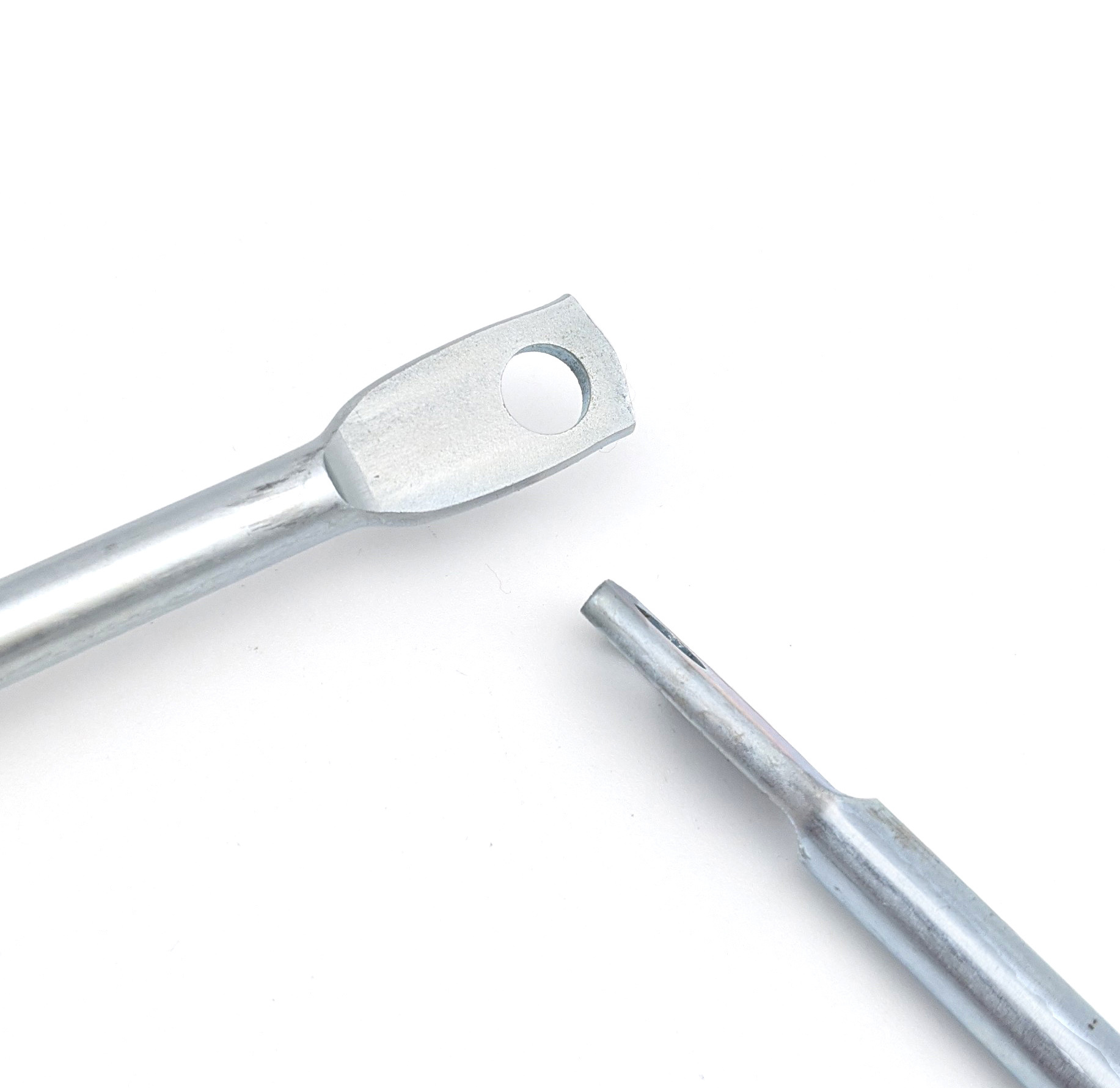Get unique, complex parts easily. No matter your requirements, Chaoyi Spring creates hard-to-produce coil springs and wire forms.
Let us help you create the custom wire form you need, from S-hooks and J-hooks to utility hooks and more.
We work closely with customers across a wide range of industries, helping them design and manufacture made-to-order parts.
Why choose Chaoyi Spring? We prioritize customer-focused collaboration, modern equipment and the latest technology to make your parts per print.
Find the information and guidance you need, from measuring a spring to learning about materials, placing an order and much more.
When it comes to mechanical devices, springs play a crucial role in providing elasticity and restoring forces. However, with various types of springs available, choosing the right one for a


When it comes to mechanical devices, springs play a crucial role in providing elasticity and restoring forces. However, with various types of springs available, choosing the right one for a specific application can be confusing. Two common types of springs often spark confusion: tension springs and torsion springs. While they both serve to store and release energy, their mechanisms and applications differ significantly. This article delves into the nuances of tension springs and torsion springs, explaining their functionalities, advantages, and disadvantages to help you better understand their individual characteristics.

Tension springs, as the name suggests, operate by stretching. They are designed to withstand pulling forces, extending in length when a load is applied. Imagine a rubber band; when you pull on it, it stretches, storing energy in the process. This stored energy is released when the force is removed, causing the rubber band to snap back to its original state. Similarly, tension springs store energy by stretching, and this energy is released when the tension is removed, causing the spring to return to its original length.
Torsion springs, on the other hand, work by twisting. Instead of stretching or compressing like tension and compression springs, torsion springs are designed to resist rotational forces. When you twist a torsion spring, it stores energy, which is released when the twisting force is removed, causing the spring to unwind back to its original position. Think of a wind-up toy; the spring inside it is a torsion spring. When you wind the toy, you're actually twisting the spring. As the spring unwinds, it releases the stored energy, causing the toy to move.
Here's a table summarizing the key differences between tension springs and torsion springs:
| Feature | Tension Spring | Torsion Spring |
|---|---|---|
| Load Type | Axial force (pulling) | Torque (twisting) |
| Movement | Stretching/Extending | Twisting/Rotating |
| Application Examples | Garage door springs, clothesline springs, spring-loaded clamps | Clock springs, door hinges, spring-loaded handles |
Understanding the fundamental differences between tension and torsion springs is crucial when choosing the right spring for your specific application. Consider these factors:
The world of springs is diverse, each type tailored for specific functionalities. Understanding the differences between tension springs and torsion springs is crucial for selecting the right one for your application. Tension springs excel in stretching and resisting pulling forces, while torsion springs are designed for twisting and resisting rotational forces. When making your selection, consider the load type, movement, space constraints, and force requirements. With careful consideration, you can ensure the right spring is chosen for your specific needs, guaranteeing optimal performance in your mechanical system.
In conclusion, tension springs and torsion springs are distinct types of springs with different functionalities and applications. Tension springs are designed to stretch under load, while torsion springs are designed to twist. By understanding these fundamental differences, you can make informed decisions about which type of spring is best suited for your specific needs, ensuring optimal performance in your mechanical system.
Browse some of the custom wire forms and springs that we manufacture. Don’t see what you need? We specialize in made-to-order products that meet your application requirements.
Visit Our GalleryNeed a custom wire form or coil spring? We make it work. Fill out the contact form and a representative will respond within 1 business day. If you have a PDF or CAD file, you can submit to request a quote.